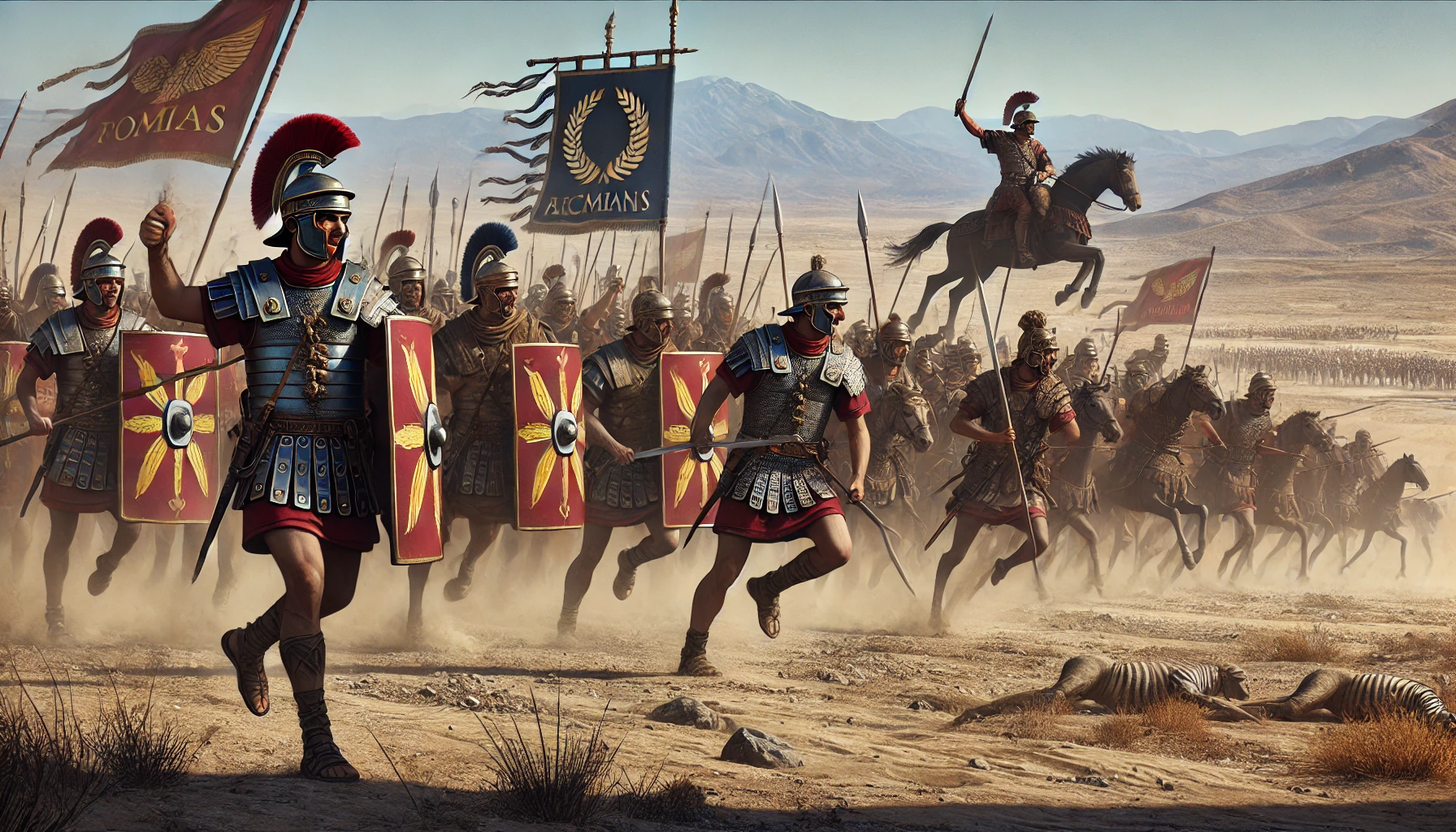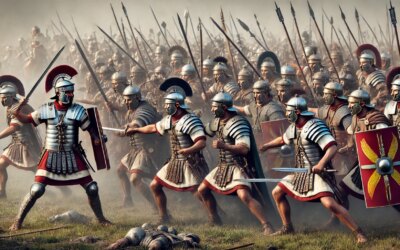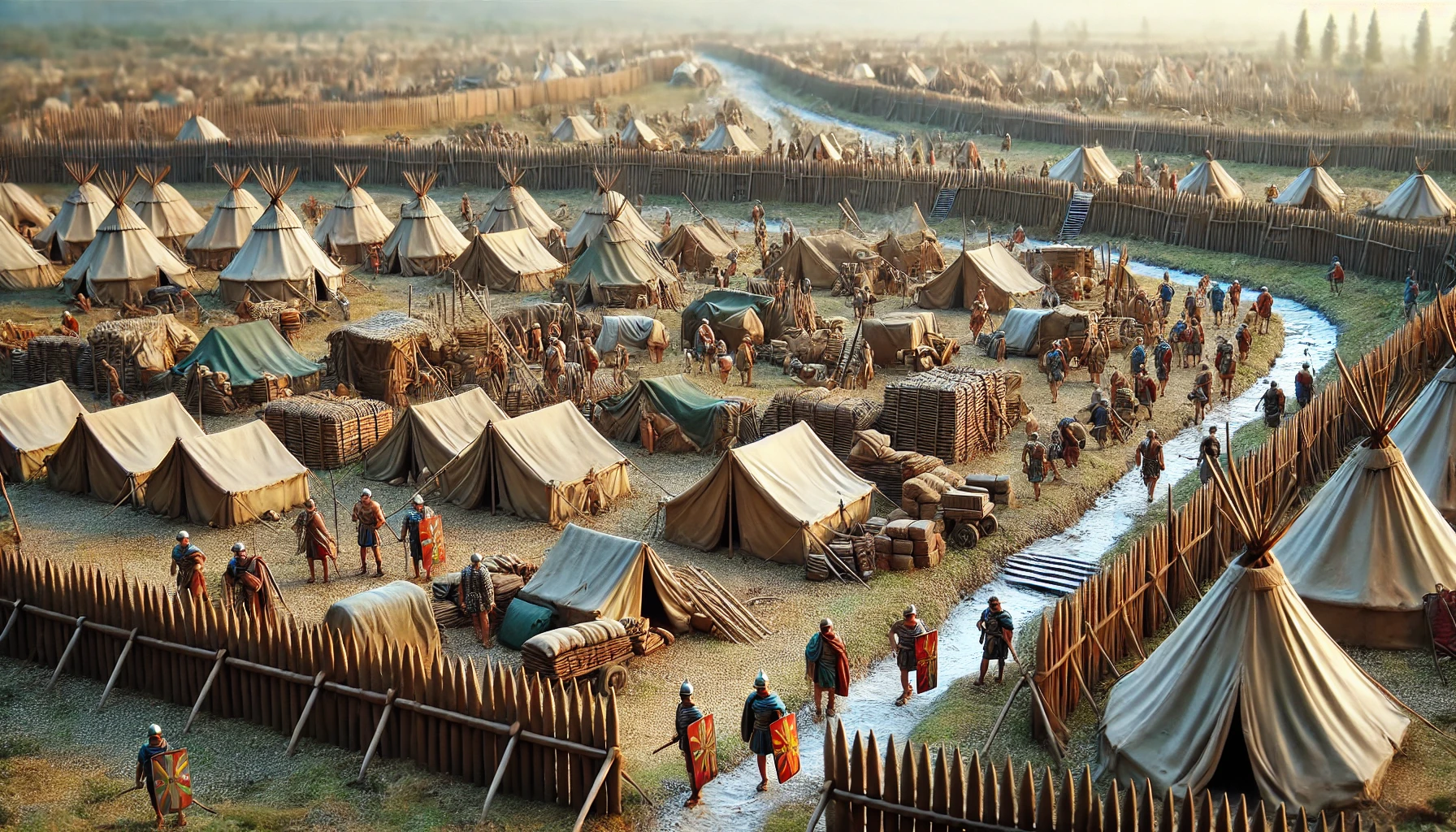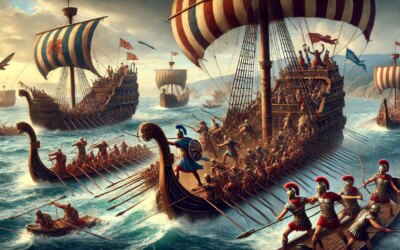Rome’s Ambition in the East
By the 2nd century CE, Rome had secured dominance over much of the known world, but one formidable rival remained in the East: the Parthian Empire. Stretching from Mesopotamia to Persia, Parthia was a powerful state with a cavalry-based military that repeatedly challenged Roman expansion. The conflict between these two superpowers shaped the geopolitical landscape of the ancient world.
Trajan’s Invasion of Parthia
Emperor Trajan (98–117 CE) sought to expand Rome’s borders further than ever before. In 113 CE, using a Parthian succession dispute as justification, he launched a massive campaign into the East. His legions marched through Armenia, deposing its king, and continued south into Mesopotamia.
By 116 CE, Trajan had achieved remarkable victories, capturing the Parthian capital, Ctesiphon, and reaching the Persian Gulf. However, Parthian resistance and local revolts stretched Roman forces thin. Before Trajan could consolidate his gains, illness forced him to withdraw, and he died in 117 CE, leaving his conquests in jeopardy.
Hadrian’s Strategic Retreat
Trajan’s successor, Hadrian, took a different approach. Recognizing the difficulty of holding such distant territories, he abandoned much of Trajan’s conquests and reestablished the Euphrates as Rome’s eastern boundary. This decision, though criticized at the time, helped stabilize the empire and avoid overextension.
Roman-Parthian Warfare: Tactics and Strategies
Roman and Parthian military strategies contrasted sharply:
- Roman Legions: Heavily armored infantry, skilled in siege warfare and formation tactics.
- Parthian Cavalry: Fast-moving horse archers and heavily armored cataphracts capable of devastating charges.
Roman commanders struggled against the hit-and-run tactics of Parthian horse archers, who would shower enemies with arrows before retreating. The infamous “Parthian shot,” where riders fired arrows while retreating, frustrated Roman formations. However, in direct engagements, Roman discipline often prevailed.
Rome and Parthia: A Rivalry That Endured
Despite periods of peace, the Roman-Parthian conflict would continue for centuries, eventually evolving into wars between Rome and Parthia’s successors, the Sassanid Persians. While neither side could achieve total victory, their rivalry shaped the balance of power in the ancient world, influencing trade, diplomacy, and military tactics.
A Conflict That Shaped History
The wars between Rome and Parthia were more than military struggles—they defined the boundaries between East and West. Rome’s ambitions in Mesopotamia set the stage for future conflicts, proving that even the mightiest empires faced limits to their expansion. The echoes of this ancient rivalry can still be seen in the geopolitical struggles of the region today.






